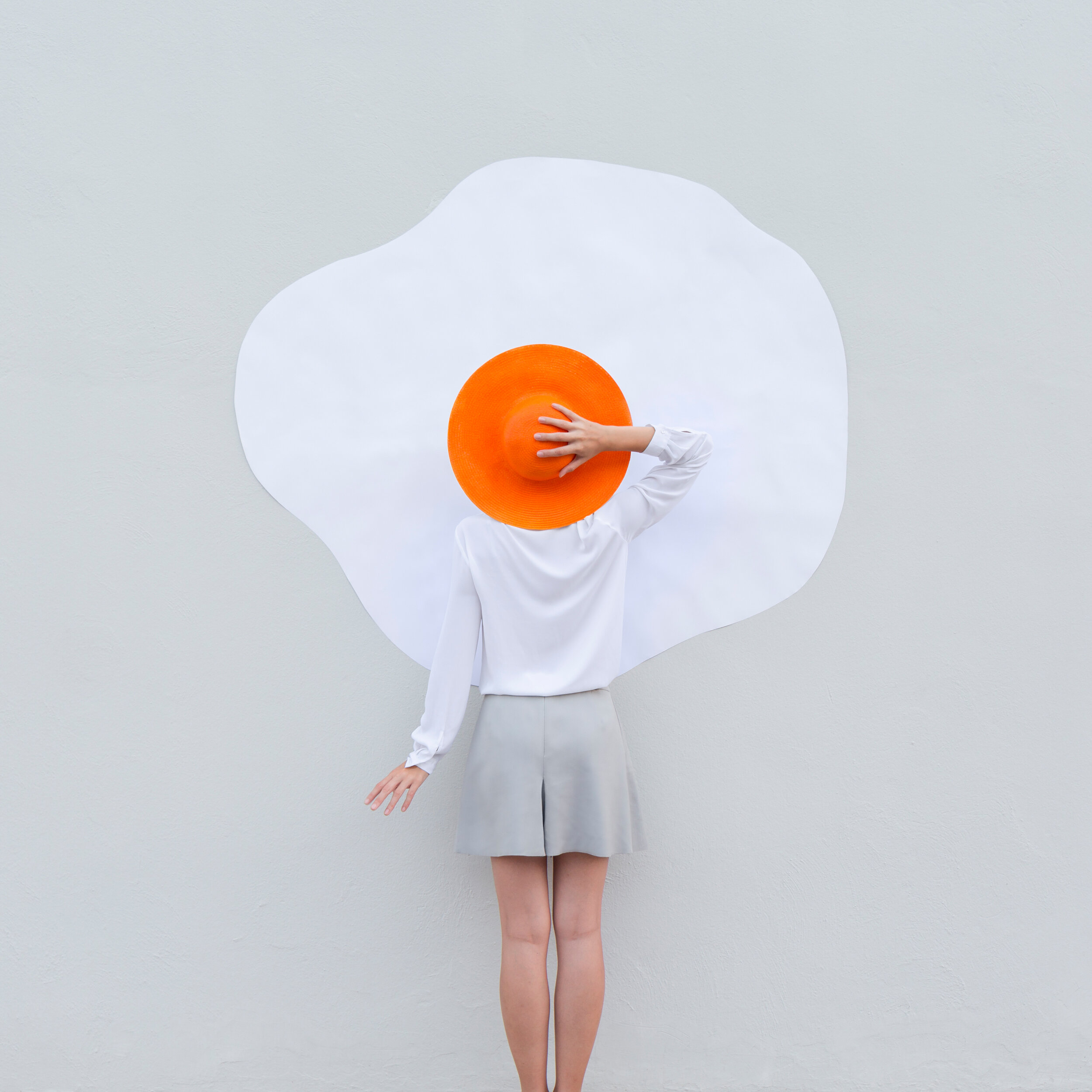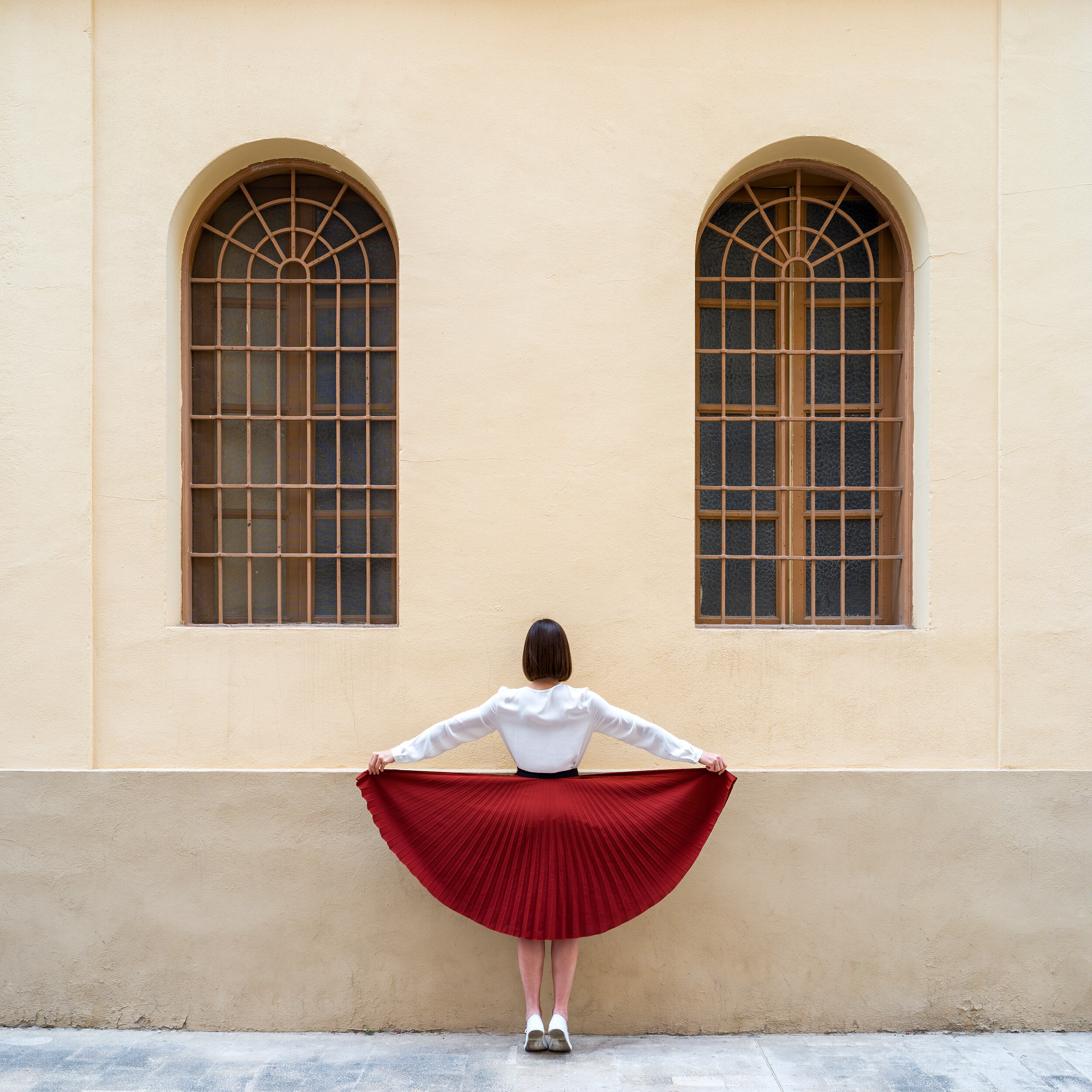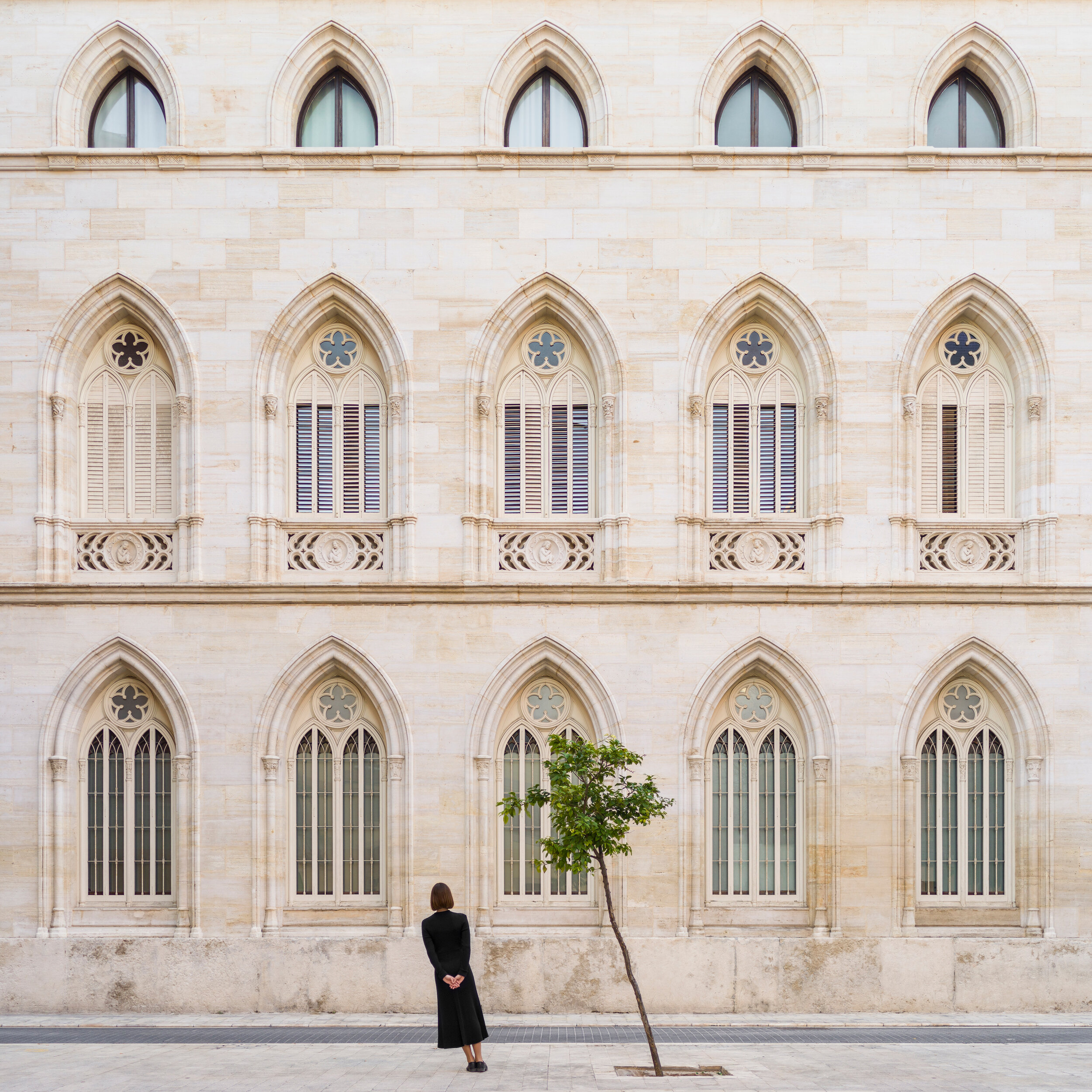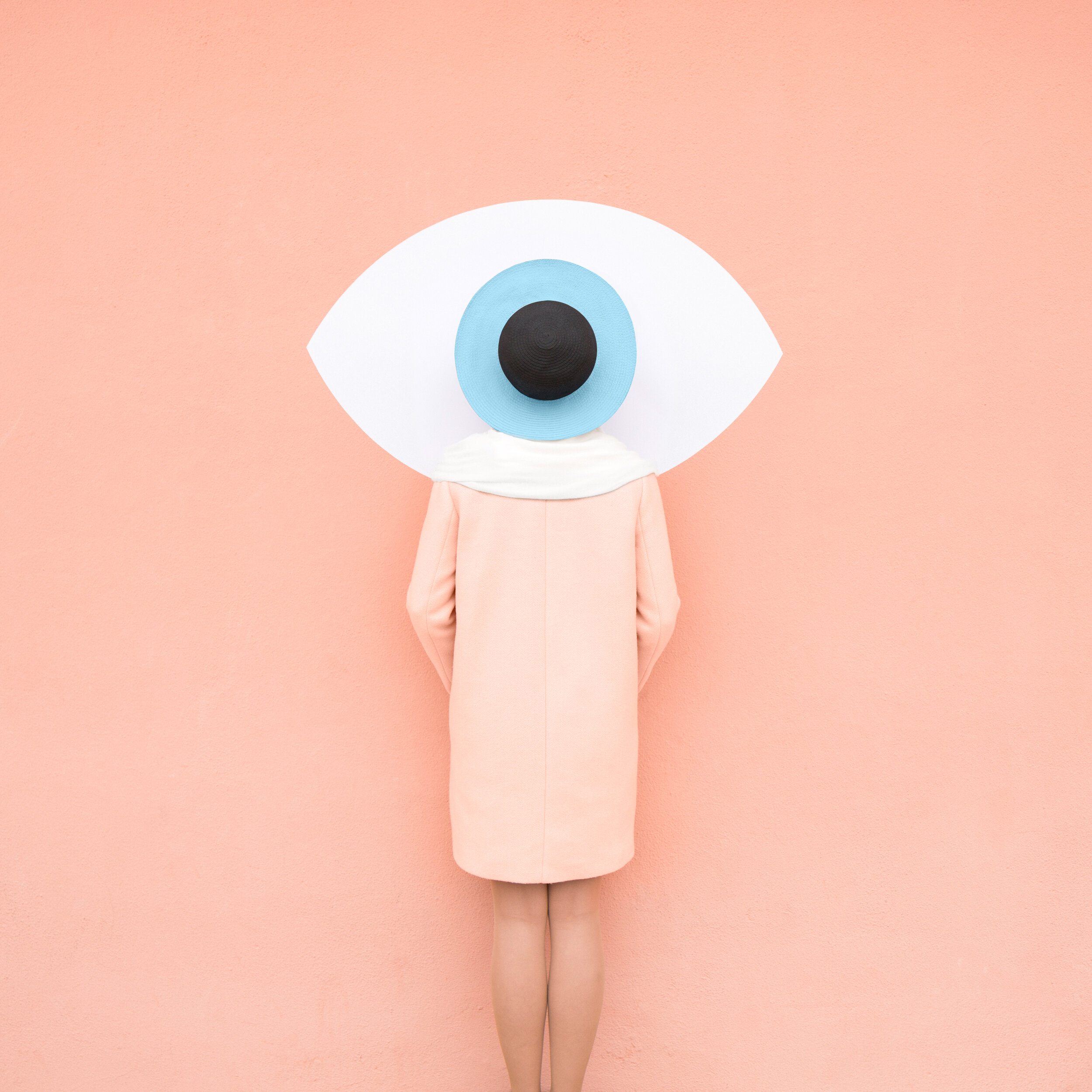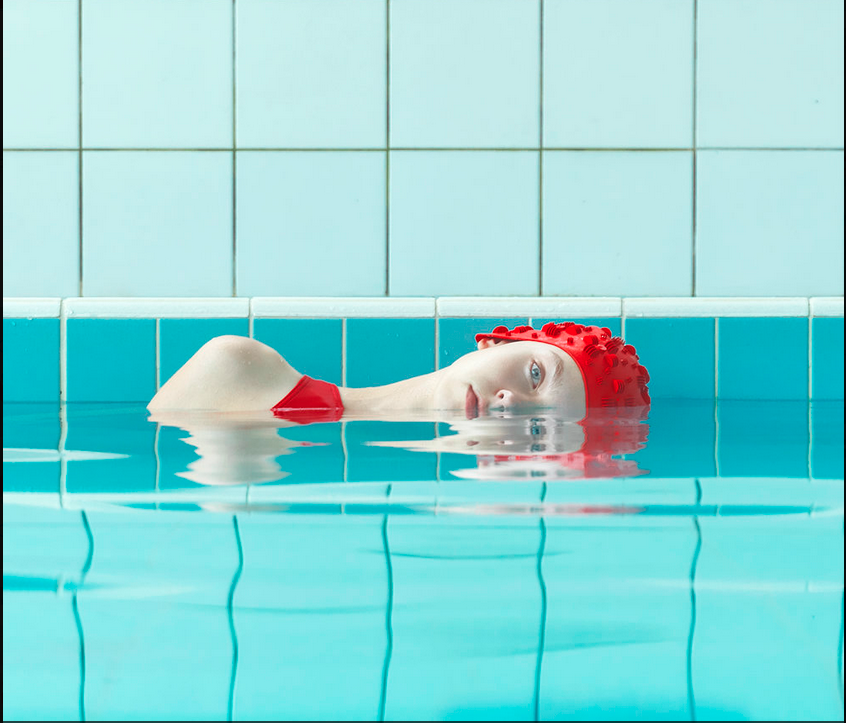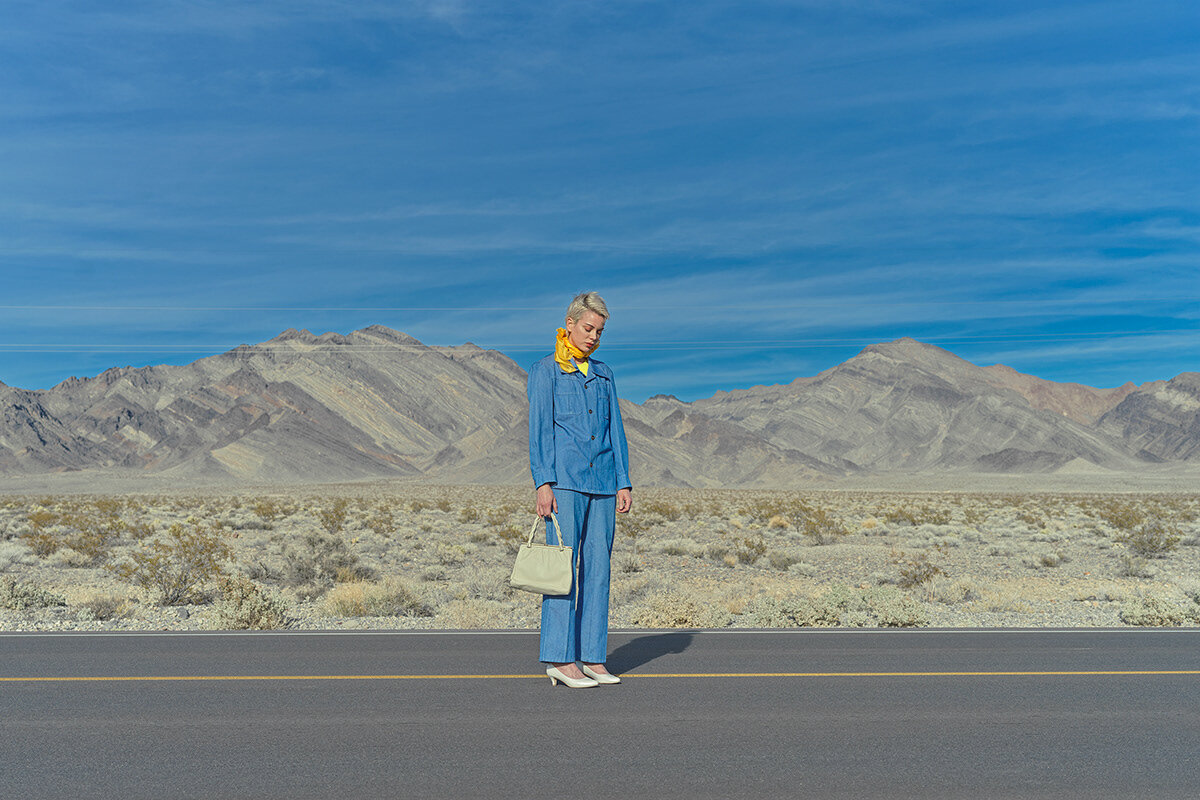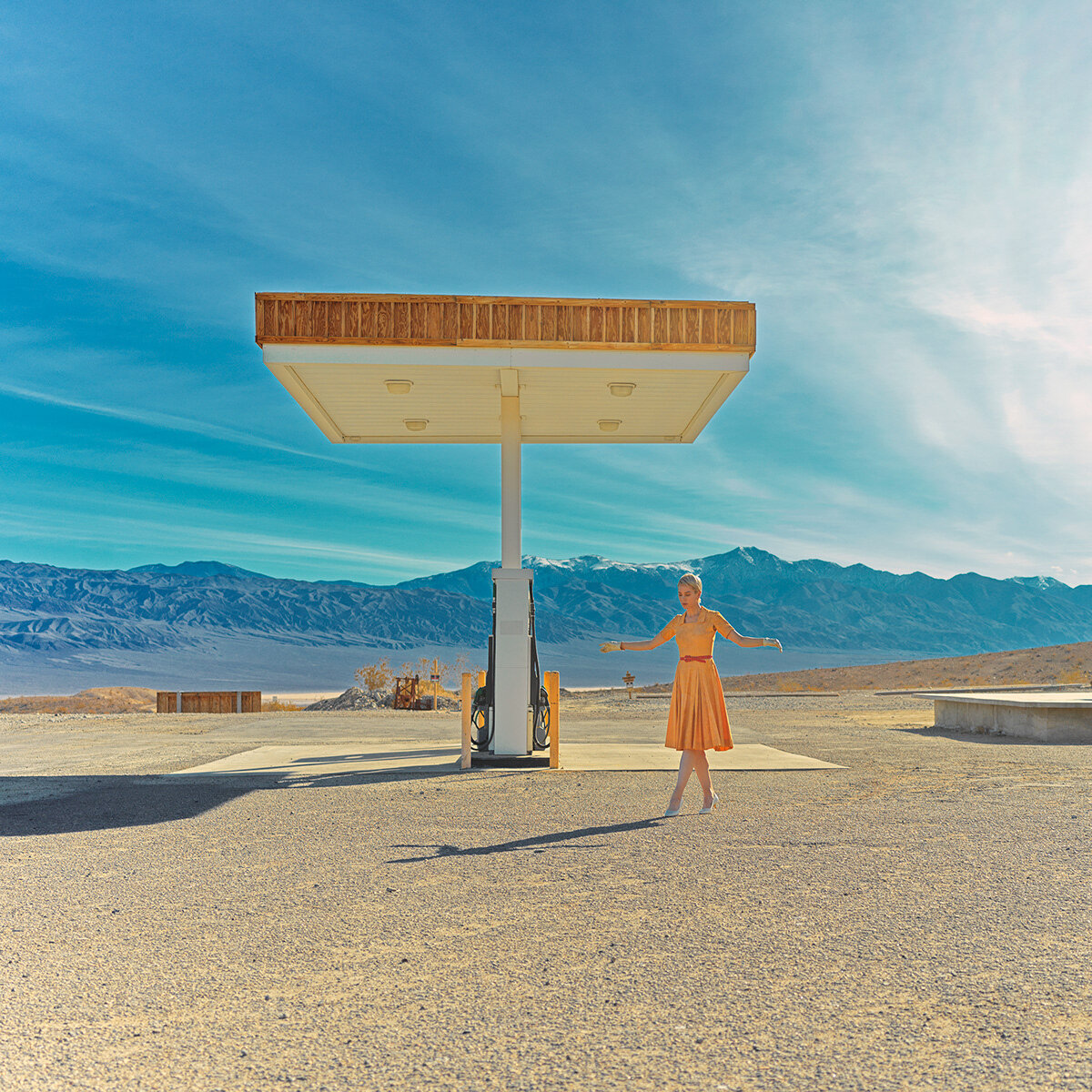Collecting Photography - blog post
HOW DO I START?
Guidance for collecting photography isn’t much different from what experts say about purchasing any artwork i.e. start with images you like, and that you think you’ll like for a long time. Does it hit you in the gut? Do you like it? Some collectors begin from a price point, others a time period or a particular artist.
When it comes to identifying a piece you want to live with for a while and look at every day, or add to your burgeoning collection, even professionals are often guided by their subconscious. So, if you are drawn to photos of animals, architecture, or minimalist images, -that is your clue.
UNDERSTANDING EDITIONS
Collectors are often confused about the difference in collecting unique and edition-ed artworks. Photography falls into the latter category - most of the time. Photographer’s artwork, each final image can be reproduced multiple times - that’s an edition. There is a difference between an image—for instance the photographer’s JPEG file—and the print. Individual images are issued in an edition, which is the artist’s binding statement as to how many prints of that image will be made.
One thing many get hung up on is, what’s the “original” photograph? Caroline Deck, a photography specialist at the auction house Phillips explains "There are many originals. Anything printed from the negative is an original photograph.”
Not all original photographs will cost the same amount. Different editions can have different numbers of prints. An edition of 50 and an edition of three are both “limited” but they’re not equal in terms of value.
Generally, the smaller the number of prints in an edition, the more expensive they will be (as you are paying for exclusivity).
The same image can have multiple editions in different sizes, and experts recommend asking about the total number of copies across sizes that will be offered and sold.
Today, editions of more than 25 prints are seen as relatively large while editions of around three to five are seen as small.
A print’s order within an edition can alter its price. Edition pricing may be staggered and can change as the prints sell and become more limited, or as an artist’s work becomes more valuable over time. Print prices will be set by the artist or gallery, and experts advise asking if an edition is staggered when you check availability.
That doesn’t mean all prints from the same edition will cost the same when they surface on the secondary market: As with all fine art, provenance plays a role in the price of photography. If a print is signed, that can also increase its value.
In photography, there is what is called “the myth of infinite reproducibility.” But while there aren’t any laws preventing a photographer from simply printing more photos above the number in the limited edition, if they did, that artist has ruined their career overnight.
Further rarifying photography, some artists are even going so far as offer editions of just one single print, giving their work the same unique quality of fine art. And some artists like use photographic formats, such as cyanotype and daguerreotypes, that inherently create unique objects that are not reproducible. Source:
Source: (Adam Fuss & Christian Marclay, Artsy, 2020).

